USER GUIDE FOR WIRELESS ROTATING SENSOR ROT-WL
| ROT-WL-MN-EN-01 |
DEC-2020 |
This document is applied for the following products
ROT-WL
|
SKU |
ROT-WL |
HW Ver. |
1.1 |
FW Ver. |
1.0 |
|
Item Code |
ROT-WL |
WIRELESS SENSOR DETECTS ROTATION, AAA 1.5VDC BATTERY, IP67, C/W STEEL BRACKETS |
|||
REC-433
|
SKU |
REC-433 |
HW Ver. |
1.1 |
FW Ver. |
1.0 |
|
Item Code |
REC-433 |
WIRELESS SENSOR RECEIVER RF433, INTERNAL ANTENNA, RS232, S2X PROTOCOL, C/W STEEL BRACKETS |
|||
1. Functions Change Log
| HW Ver. | FW Ver. | Release Date | Functions Change |
| 1.1 | 1.0 | DEC-2019 |
|
2. Specification of ROT-WL
| Data speed | Up to 50kbps |
| Antenna | Internal Antenna |
| Battery | 02 x AAA 1.5VDC, working time up to 10 years (depends on configuration) |
| Frequency Band | ISM 433Mhz, Sub-GHz technology from Texas Instrument, USA |
| International Compliance | ETSI EN 300 220, EN 303 204 (Europe) FCC CFR47 Part15 (US), ARIB STD-T108 (Japan) |
| Vietnam Type Approval Certification | QCVN 73:2013/BTTTT, QCVN 96:2015/BTTT (EMC Compliance) |
| Security Standard | AES-128 |
| Operating temperature | -40°C..+60°C |
| Housing | Poly-carbonate, IP67 |
| Installation method | Welded to the agitator truck |
3. Specification of REC-433
| Communication | RS232 |
| Data speed | Up to 50kbps |
| Antenna | Internal Antenna |
| Power supply | 7..48 VDC |
| Electrical connector | Cable 7m length with PG9 cable gland |
| RF frequency band | Free license ISM 433.92Mhz (for others 868, 915, 920Mhz, refer related datasheets) |
| Ready to comply | ETSI EN 300 220, EN 303 204 (Europe) FCC CFR47 Part15 (US), ARIB STD-T108 (Japan) |
| Vietnam Type Approval Certification | QCVN 73:2013/BTTTT, QCVN 96:2015/BTTTT (DAVITEQ B00122019) |
| Security Standard | AES-128 |
| Operating temperature | -40oC..+85oC |
| Housing | Poly-carbonate, IP67 |
| Installation method | Mounted inside car’s cab, near GPS black box |
4. Operation Principle of ROT-WL
4.1 Sensor wake-up cycle
- When the sensor wakes up, it will check the direction of rotation of the concrete mixing tank;
- Wake-up cycles: 5, 15, 35, and 65 seconds (depending on configuration).
4.2 Operation of sensor
If the direction of rotation changes, the sensor sends data to the RF433 Receiver. When the mixing tank stops, within 70 seconds (maximum) the sensor sends data to the RF433 Receiver.
If the direction of rotation does not change, the sensor does not send data to the RF433 Receiver.
However, when it came to the 5-10 minutes (depending on configuration) time cycle, the direction of rotation remained unchanged. The sensor must still send data to the RF433 Receiver to ensure that it is still connected to the RF433 Receiver.
During a cycle time of 5 to 10 minutes, if the RF433 Receiver does not receive a new data packet, the RF433 Receiver will report disconnection with the sensor.
Sensor data package sent to the RF433 Receiver:
- Rotation status: stand still, turn left, right rotation
- The battery capacity of the sensor mounted on the concrete mixing tank
- Sensor board temperature
- Concussions: concussion, no concussion
The sensor can only accurately detect the mixing tank state of the concrete mixer
4.3 Insert the battery
The following batteries can be used for this sensor tag.
- Step 1: Using L hex key to unscrew M4 screws at the side of the housing and carefully pull out the top plastic housing in the vertical direction;
- Step 2: Insert 02 x AAA 1.5VDC battery, please take note of the poles of the battery;
ATTENTION: REVERSED POLARITY OF BATTERY IN 10 SECONDS CAN DAMAGE THE SENSOR CIRCUIT!!!
- Step 3: Insert the top plastic housing and locking by L hex key
5. Operation Principle of REC-433
5.1 Modbus Communication
- 01 RS232 channel, Modbus RTU protocol
- Modbus Memory Map table: READ uses command 03, WRITE uses command 16
- Address: 1 - 247, 0 is the broadcast address
- Baud rate: 9600, 19200
- Parity: none, odd, even
- Default configuration: Address 1, Baud rate 9600, Parity none, Data bit 8, Stop bit 1
- Function:
- Configure operation parameters (for internal use)
- Analog output S2 connected to black box
5.2 IO Wiring
Each cable includes wires which are marked labels according to types of connection. (user should not cut these labels before installation to avoid confusion).
The signal wire Tx (REC-433) will connect to the Rx (Black box) wire and vice versa.
- Red: PWR+(8...48VDC)
- Blue: PWR-(0VDC)
- Black: RX
- White: TX
The signal cable from the sensor should be protected by a corrugated hose or the Φ16 protection tube, keep the cable avoid high-temperature areas.
5.3 Datagram from Tx pin of RS232 port:
| R | S | t | B |
| x | x | xx | xx |
| Description |
Explain | |
| R | x |
Determine the three states of the mixing tank
|
| S | x |
Strong concussion detection on mixing tank used to determine sabotage
|
| t | x x | Circuit board temperature |
| B |
x x | Sensor battery voltage |
6. Installation
6.1 Installation Location
The rotary sensor is installed on the body on agitator truck. The sensor has to be installed in the right position to detect the rotation. There are three (3) ways to install as shown below:
The stainless steel base has to face to the truck’s rear, all the body of the sensor has to be parallel with the truck
6.2 Installation method
- Prepare: TIG welding machine with accessories.
- Install: Use the welding machine to weld at points shown in the picture below. Weld on both sides of the cover.
7. Troubleshooting
| No. | Phenomena | Reason | Solutions |
| 1 | Wireless sensor ROT-WL not connected to REC-433 |
|
|
| 2 | Can't read Tx signal from REC-433 |
|
|
8. Support contacts
|
Manufacturer Daviteq Technologies Inc Email: info@daviteq.com | www.daviteq.com
|
Distributor in Australia and New Zealand Templogger Pty Ltd Tel: 1800 LOGGER Email: contact@templogger.net |

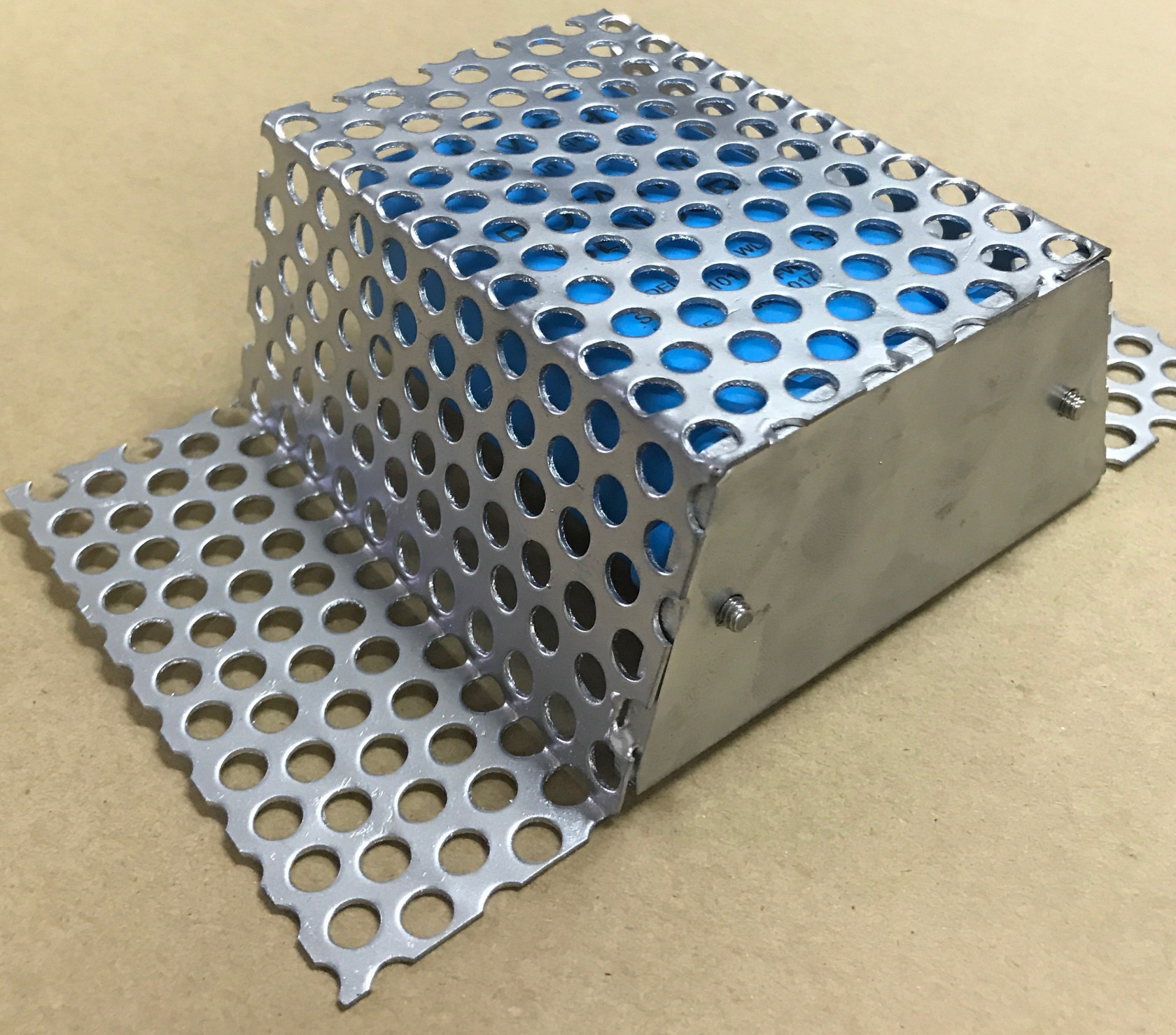
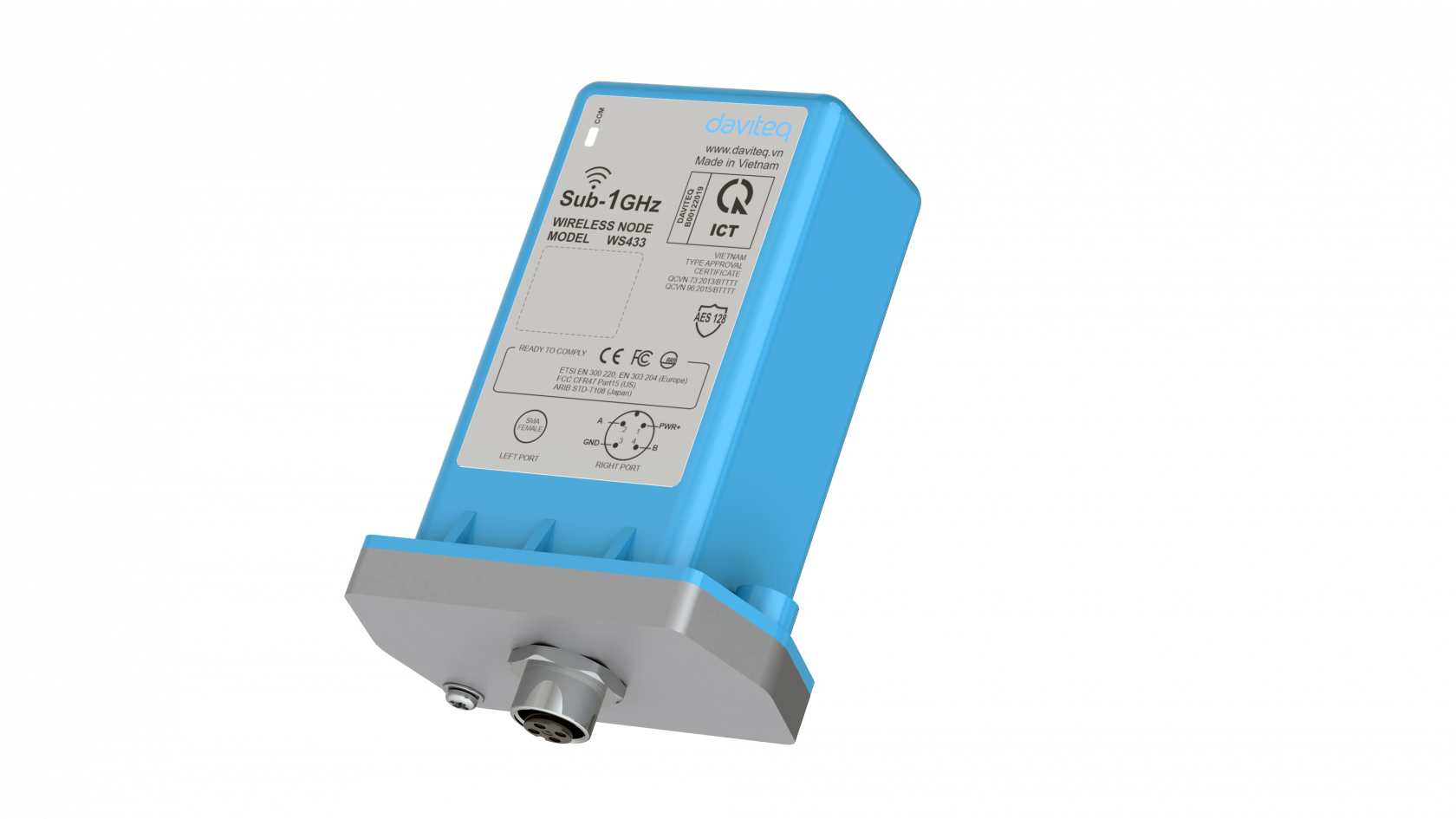
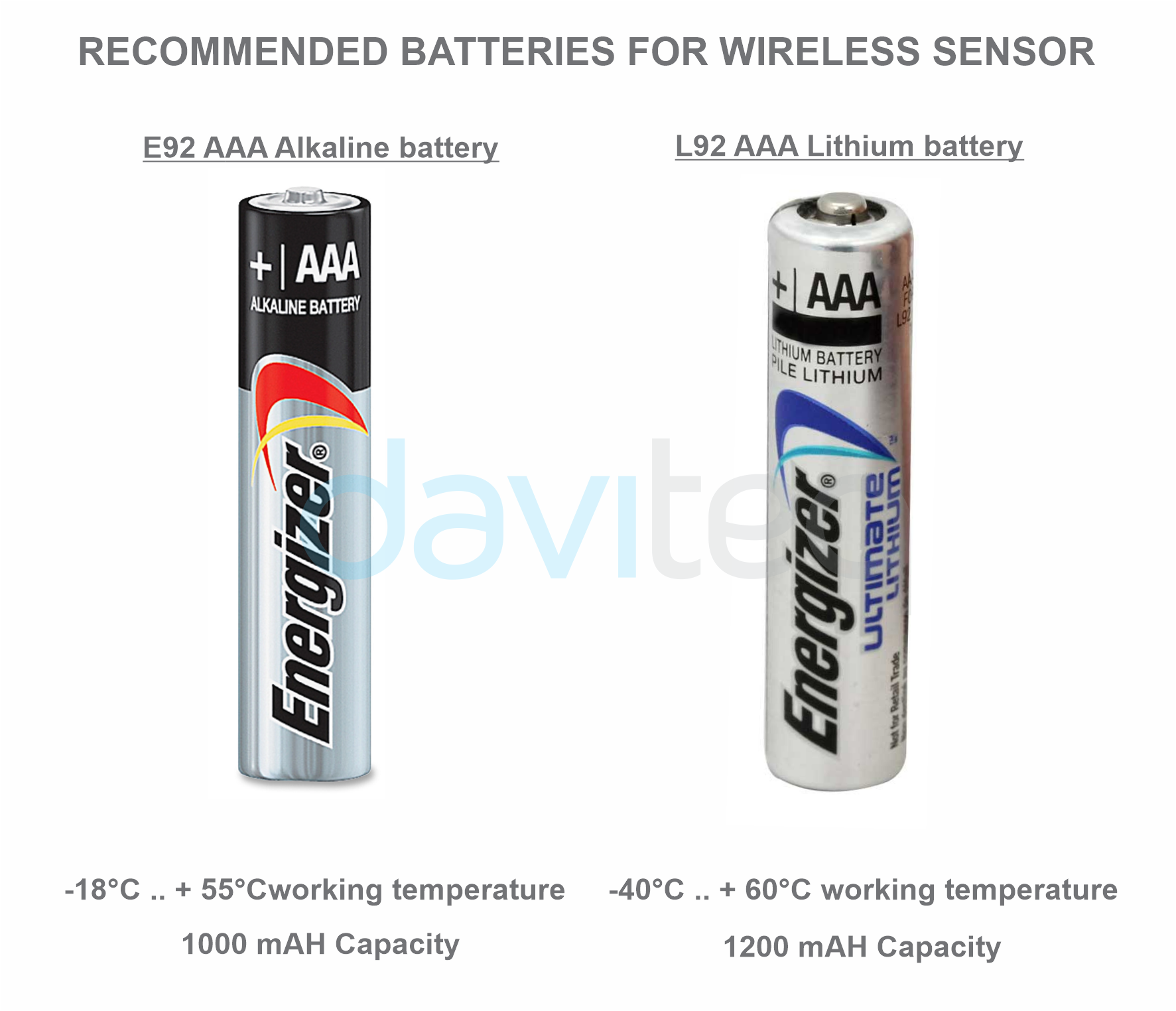
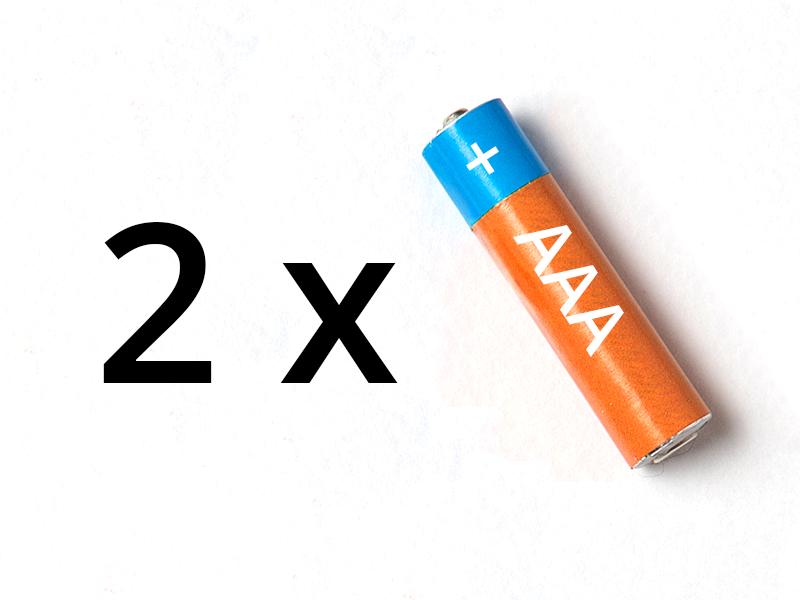

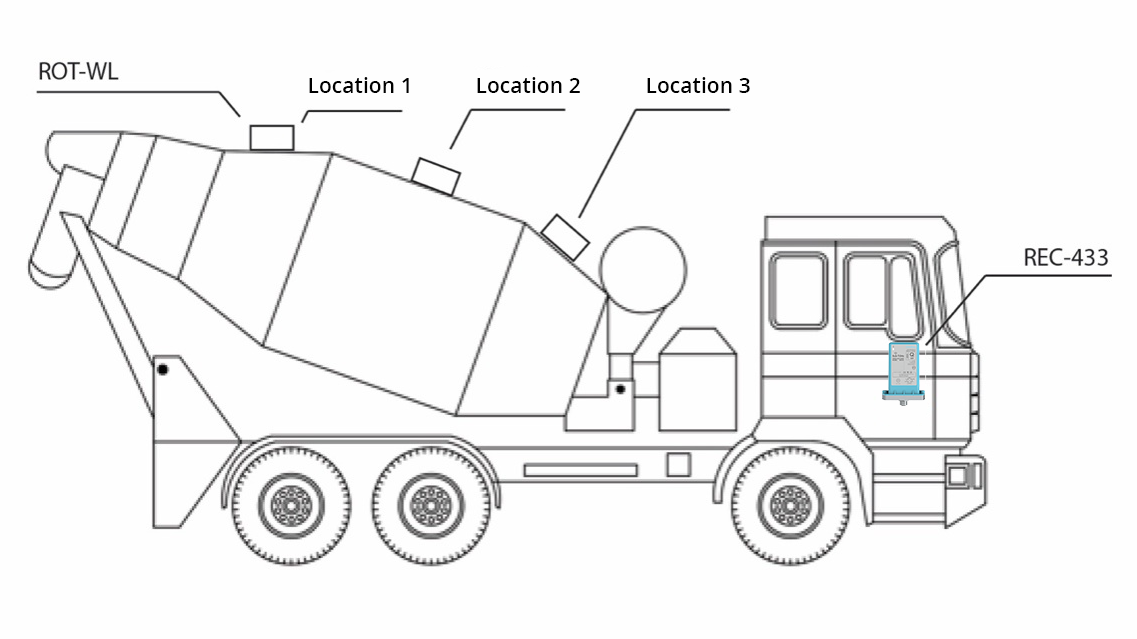
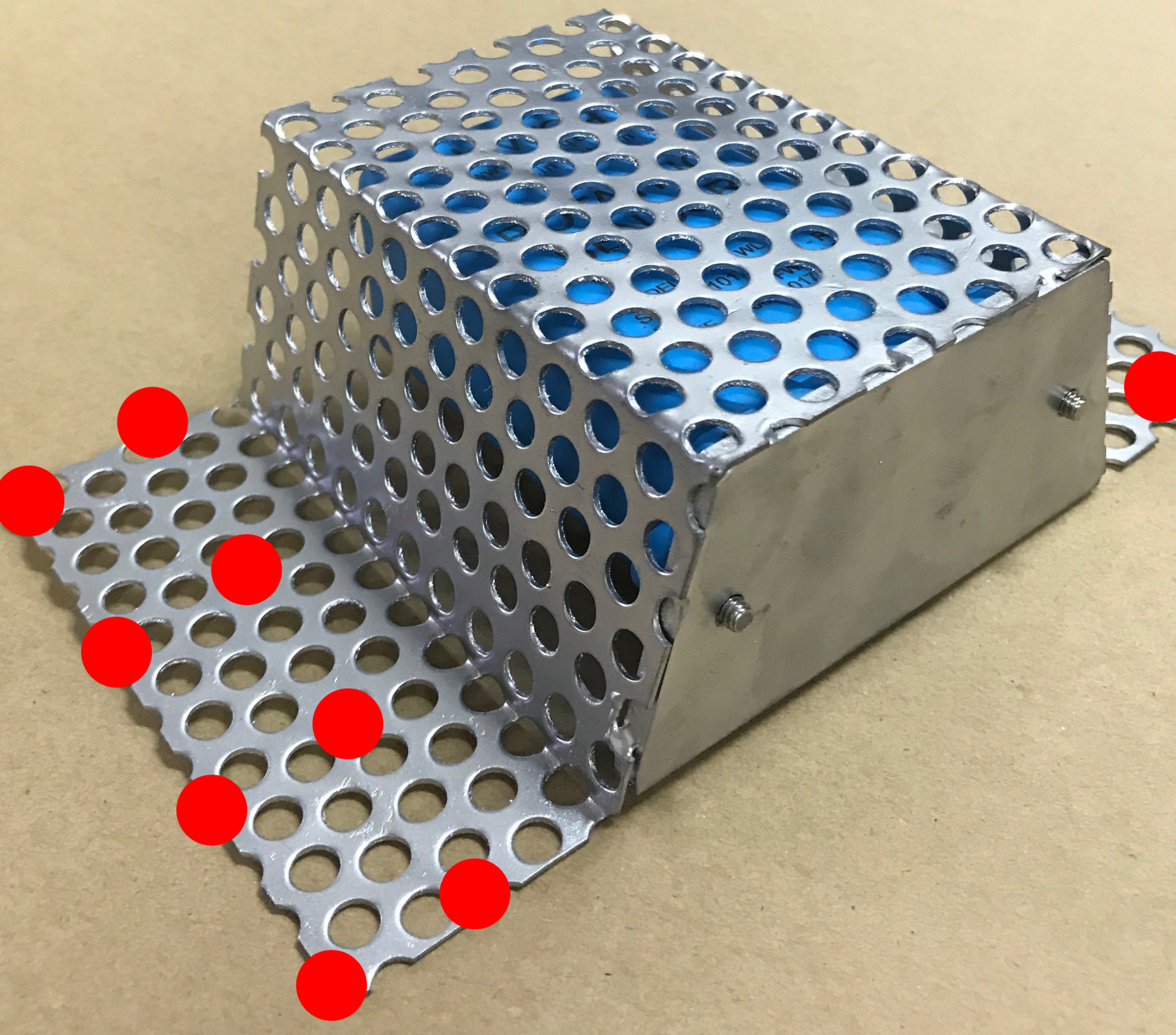


No Comments